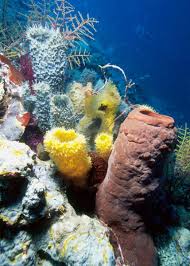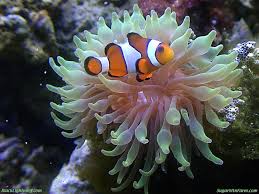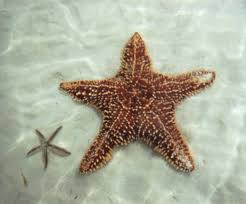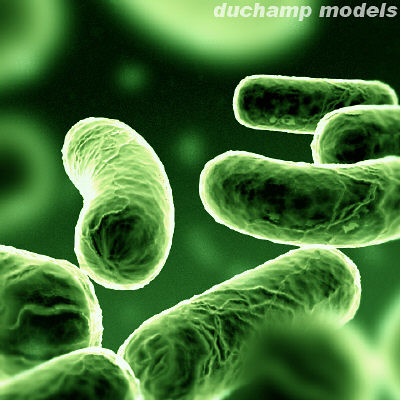1E3 Grp 8 - Coral Reef
Team members
Names / Roles:
- Hazim (Leader)
- Xi Wen (Writer)
- Li Xiang (Research)
- Wei Quan (Research)
Overview
Brief description of the ecosystem:
Coral Reefs are the "Rainforests" of the ocean. Reefs are ecologically important to the ecosystems and have a high biodiversity that serves as a storage bank of rich genetic resources. They are a source of food and medicine, and they protect the coast from wave erosion. Coral reefs are among the oldest ecosystems on Earth and are the largest living structure on the Earth. Although coral reefs cover only less than 1% of the Earth’s surface. Coral reliefs are homes to corals. Coral animals are
sea anemones, sea jellies, sea urchins, sponges, worms, rays, lobsters, snails etc. Some corals are known as hermatypic corals as they have zooxanthellae while corals that are without zooxanthellae are known as ahermatypic corals.
Coral reefs are found in about 100 countries and are homes to over 25% of all marine life and are among the world's most fragile and endangered ecosystems.






Where can it be found?
Coral reefs are located in tropical oceans near the aquator where the waters are warm and light level is high.

Level of human activity?
-Littering can cause the oceans and sea to be polluted, and this also affect the corals that are living in the waters. -Overharvesting of fishes and corals decresases the number of population of the organism at a faster rate.
-Physical Damage can be caused by anchors dropped on reefs, as well as accidental boat groundings and propellor dredging can crush and scar coralheads, destroying years of growth. Diver/snorkeler impacts from fins, hands, equipment or standing on corals can crush the fragile living coral polyps. Marine debris, especially plastics and monofilament line, can smother or abrade corals and is deadly for birds, fish and turtles that become entangled in it or mistake it for food and ingest it. Storms and hurricanes wreak extensive damage on coral reefs, which serve as a barrier to adjacent lands. -Global Climate Change are caused by rising sea temperatures cause coral bleaching, stressing corals that expel their symbiotic algae, lose their color, and lose their vitality.


Physical Factors
Light, temperature, water, air, pH, mineral salts and salinity
Reef-building corals cannot tolerate water temperatures below 180 C. Many grow optimally in water temperatures between 230C and 290C, but some can tolerate temperatures as high as 400C for short periods. Most also require very saline (salty) water ranging from 32 to 42 parts per thousand, which must also be clear so that a maximum amount of light penetrates it. The corals’ requirement for high light also explains why most reef-building species are restricted to the euphotic zone, the region in the ocean where light penetrates to a depth of approximately 70 meters. Coral minerals are highly structured. Living sea organisms, called Polyps, take the calcium and other minerals from the sea and build beautifully-branched structures (eventually becoming coral reefs or islands). This makes them organic minerals, similar to minerals that are found in vegetables.

Cross section of a hermatypic coral plant: 
Classification of Living Organisms
Producers: Blue-green algae, seaweeds, and reef-building corals.
Consumers: Coral animals such as Butterfly fish, star fish, sea urchin, clams etc...
Decomposers: Bacteria.
 (Butterfly fish)
(Butterfly fish) 
Food Web
Please use Microsoft PowerPoint to create and upload picture.
Seaweed



Clownfish Butterflyfish


Shark



When die

Bacteria

Interrelationship in Ecosystem
Predator-prey relationship: Refers to an animal that lives by killing and eating other animals is known as a predator while an animal that is killed and eaten by another animal is known as the prey. It refers to the relationship between the two organisms in which one(the parasite) benefits at the expense of the other (the host). A papasite normally does some harm to its host. Eg: The sea slug (Predator) eats the sea sponge (Prey).
Parasitism: It refers to the relationship between the two organisms in which one(the parasite) benefits at the expense of the other (the host). A papasite normally does some harm to its host. Eg: The Fish Doctor, a type of isopod crustacean, which will attach itself under the fins, scales, or gills of a fish. It then sucks the blood of the host fish until it dies.
Mutualism: The relationship between 2 organisms in which both benefit from it. Eg: The coral polyps and zooxanthellae. (See the picture of the cross section of a hermatypic coral plant above and the pictures below.)
 (Coral polyps)
(Coral polyps)  (Zooxanthellae)
(Zooxanthellae)
Useful Links:
Include the links of websites you took information from.
For example:
Wild World @ nationalgeographic.com ( http://www.nationalgeographic.com/wildworld/terrestrial.html )
1E3 Grp 8 - Coral Reef
Comments (1)
Sherlyn Chew said
at 12:36 pm on Aug 5, 2009
Wow I'm impressed... Excellent work, I especially like the food web. =) Information provided was also short and to the point. Thank you for the effort.
You don't have permission to comment on this page.